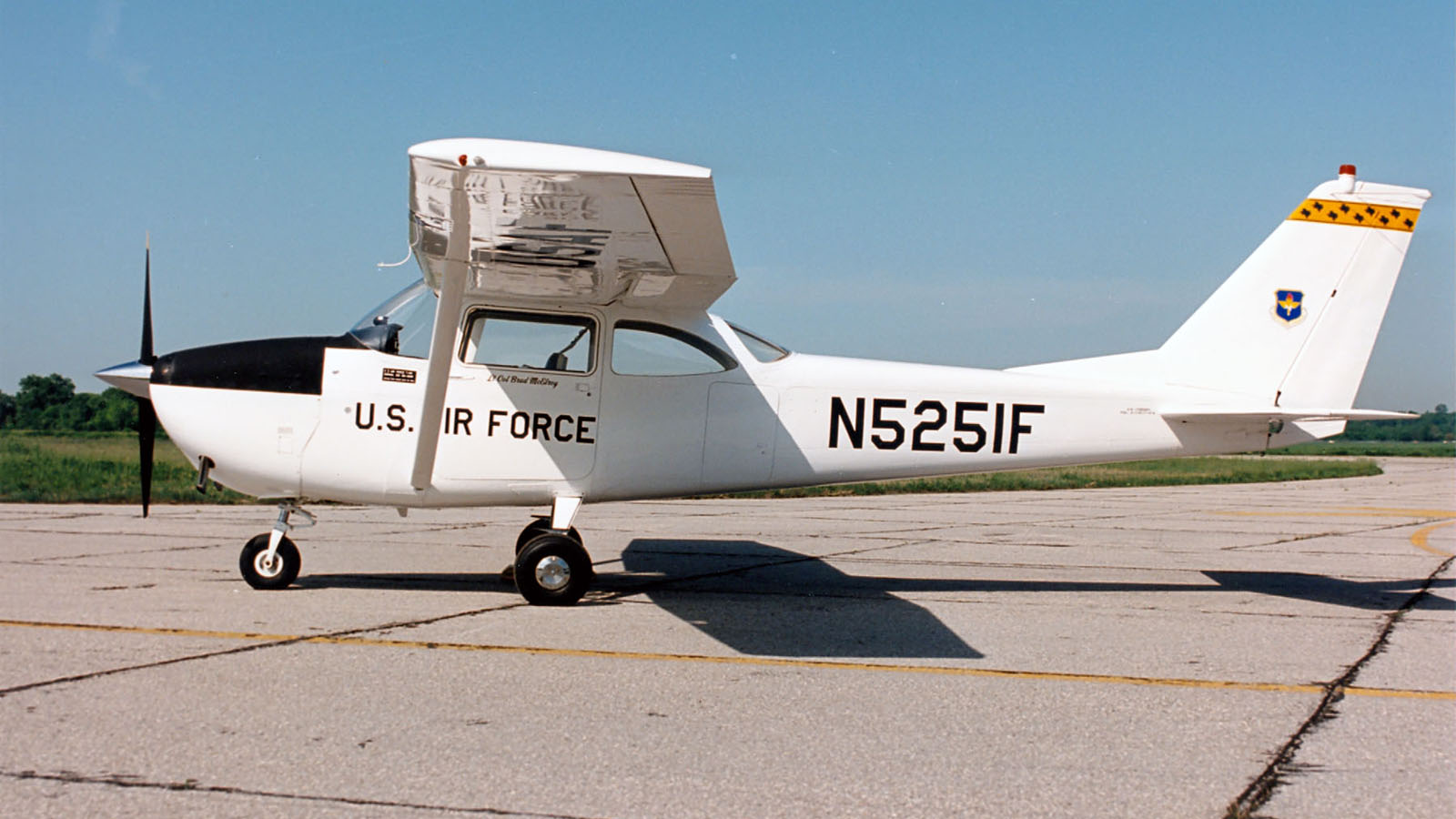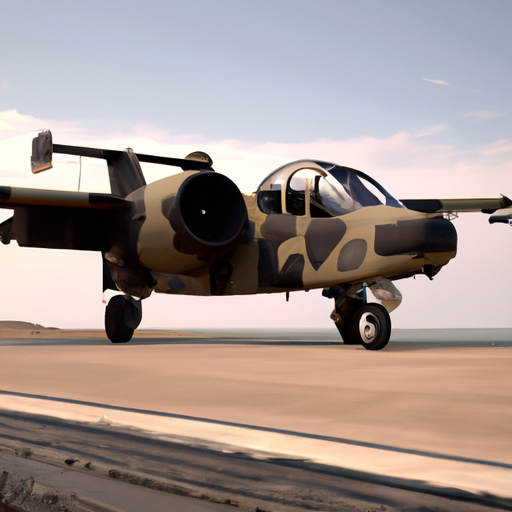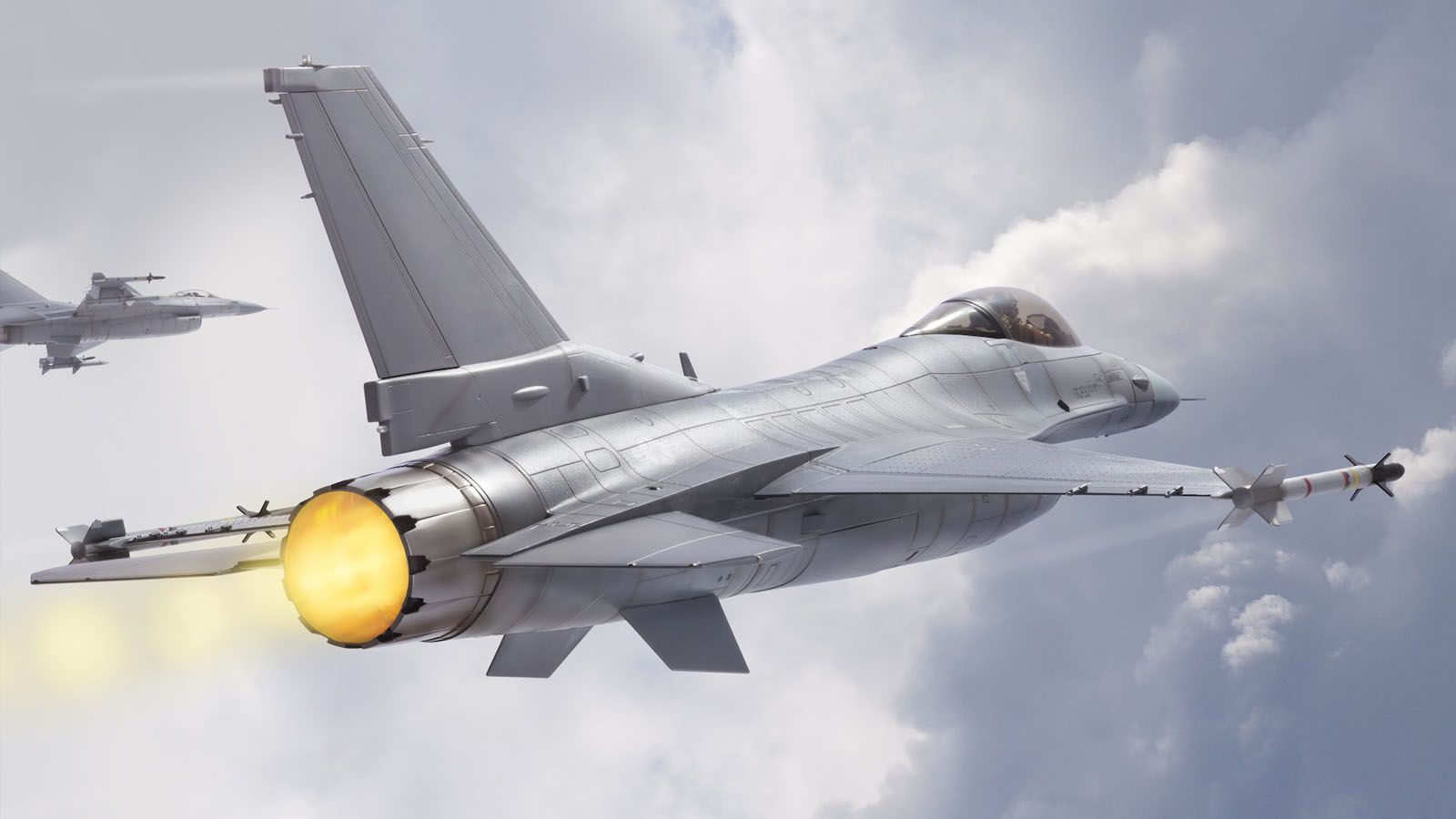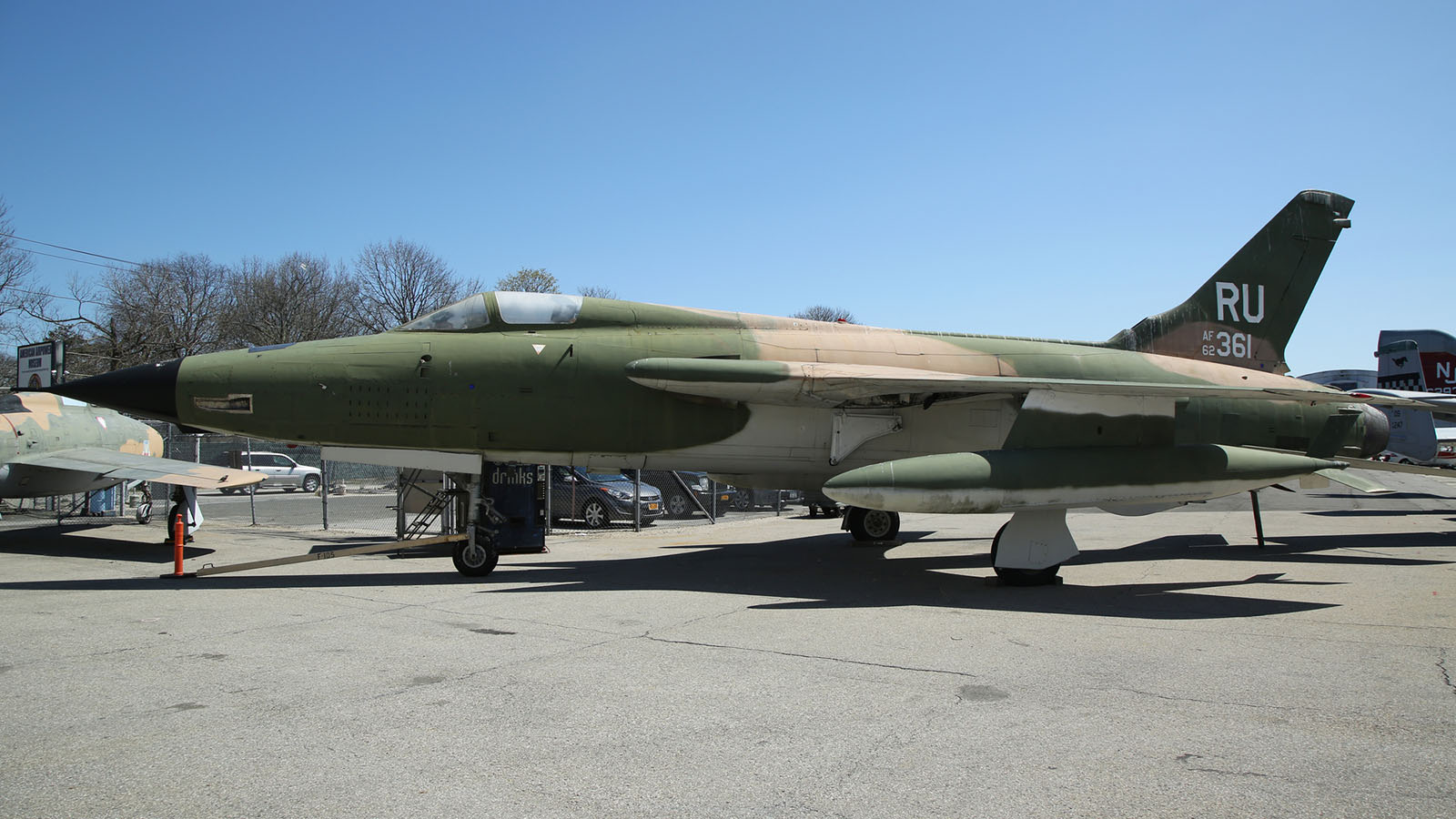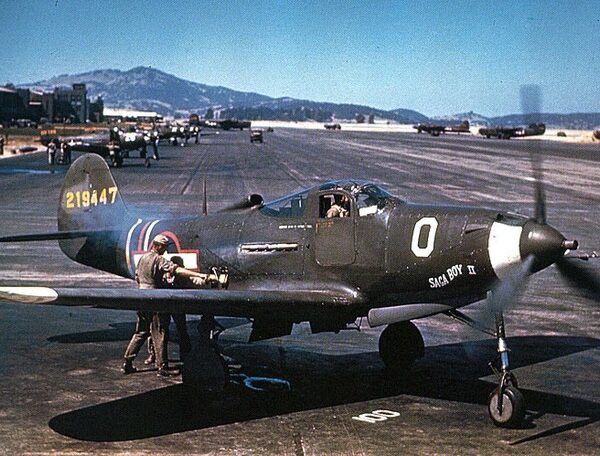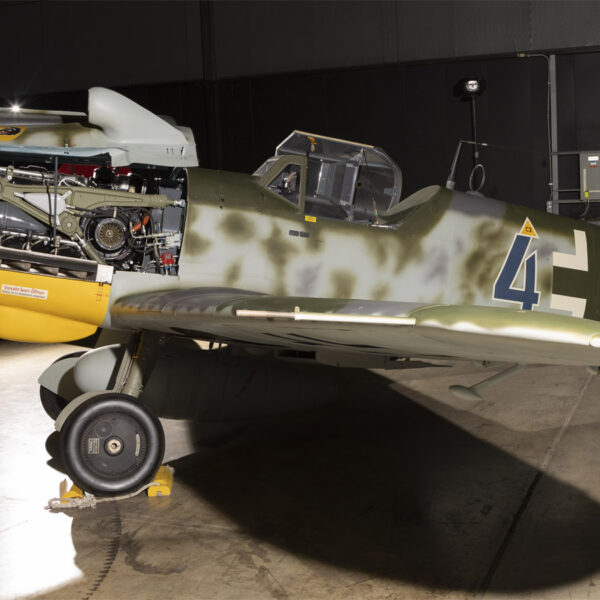History and Development of the Cessna A-37 Dragonfly
The Cessna A-37 Dragonfly is a light attack and observation aircraft developed by the American company Cessna in the 1960s. It was primarily used by the United States Air Force (USAF) during the Vietnam War and was later exported to several other countries. The development of the A-37 Dragonfly resulted from the USAF’s need for a light attack aircraft that could operate in close air support and counter-insurgency missions.
The history of the Cessna A-37 Dragonfly can be traced back to the early 1960s when the USAF issued a requirement for a new light attack aircraft. Cessna, along with several other companies, submitted proposals for the project. However, Cessna’s design, which was based on their successful T-37 Tweet trainer aircraft, was ultimately selected by the USAF. The prototype of the A-37, designated as the YA-37A, made its first flight in October 1963.
The A-37 Dragonfly was a twin-engine, two-seat aircraft with a maximum speed of 500 miles per hour and a range of 1,000 miles. It was equipped with various weapons, including machine guns, rockets, and bombs, making it a versatile aircraft for different missions. The A-37 also had the unique feature of carrying and launching the AIM-9 Sidewinder air-to-air missile, making it a capable fighter aircraft.
In 1967, the A-37 Dragonfly was officially introduced into service with the USAF and designated the A-37A. It was based at the Bien Hoa Air Base and used in the Vietnam War, where it proved to be a highly effective aircraft in close air support and counter-insurgency missions. Its small size and maneuverability allowed it to operate in rugged terrain and provide support to ground troops. The A-37 also had a low infrared signature, making it difficult for enemy anti-aircraft weapons to detect and track.
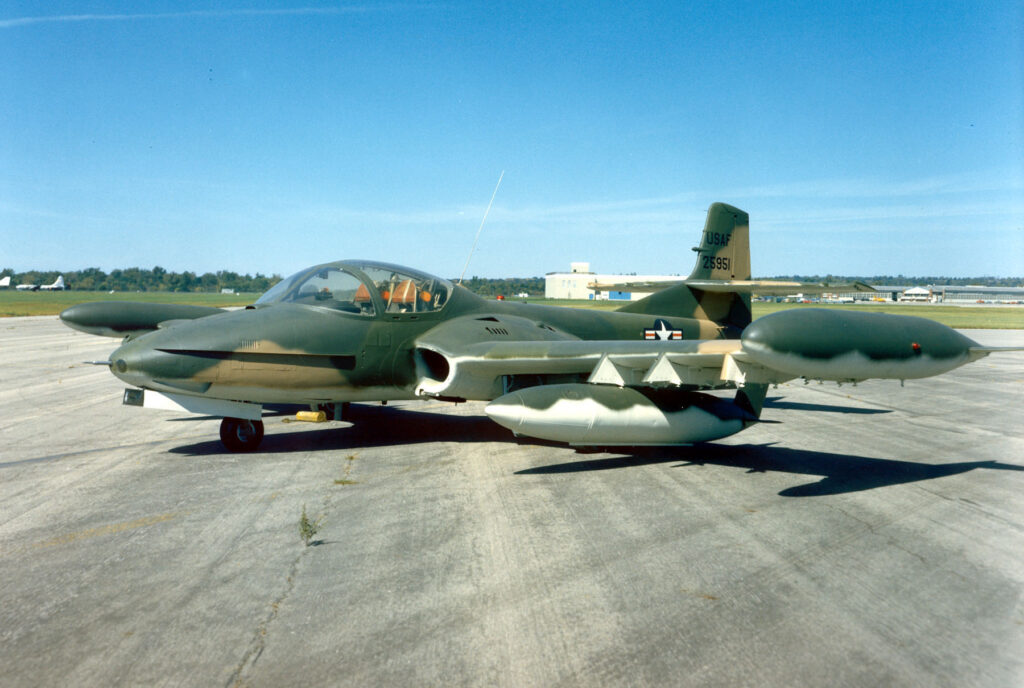
The success of the A-37 in Vietnam led to its export to several other countries, including South Vietnam, Thailand, and Ecuador. These countries used the A-37 in various conflicts and found it a reliable and effective aircraft. In total, over 500 A-37s were produced, and it remained in service with the USAF until the early 1990s.
In addition to its combat roles, the A-37 Dragonfly also significantly developed the Forward Air Controller (FAC) concept. FACs were responsible for coordinating air support for ground troops, and the A-37’s ability to operate near the battlefield made it an ideal aircraft for this role. The success of the A-37 in this role led to the development of dedicated FAC aircraft, such as the OV-10 Bronco.
Despite its success, the A-37 Dragonfly was not without its flaws. Its small size and limited payload capacity meant it could only carry a limited amount of weapons and fuel, reducing its effectiveness in longer missions. It also lacked modern avionics and electronic warfare capabilities, making it vulnerable to enemy air defenses.
Key Features and Specifications of the Cessna A-37 Dragonfly
The Cessna A-37 Dragonfly is a light attack and observation aircraft developed by the Cessna Aircraft Company in the 1960s. The United States Air Force primarily used and exported it to several other countries. The A-37 was designed to be a versatile and cost-effective aircraft that could perform a variety of missions, including close air support, interdiction, and reconnaissance.
One of the features of the Cessna A-37 Dragonfly is its compact size. It has a wingspan of only 33 feet and a length of 29 feet, making it a small and agile aircraft. This compact size allowed the A-37 to operate from short and unimproved runways, making it suitable for deployment in remote and austere locations. Additionally, the A-37 was designed to be easily maintainable in the field, with many of its components being interchangeable and easily accessible.
The A-37 was also equipped with a powerful engine, the General Electric J85-GE-17A turbojet, which gave it a top speed of over 500 miles per hour. This engine, combined with the aircraft’s lightweight design, gave the A-37 an impressive rate of climb and maneuverability. It could also carry a significant amount of weapons and fuel, allowing it to stay in the air for extended periods.
In terms of armament, the Cessna A-37 Dragonfly was equipped with two 7.62mm machine guns and could carry up to 6,000 pounds of external ordnance. This included a variety of bombs, rockets, and missiles, making it a formidable ground attack aircraft. The A-37 was also equipped with a sophisticated targeting system, allowing it to deliver its weapons on target accurately.
Another notable feature of the A-37 was its ability to operate at low altitudes. This was particularly useful for close air support missions, where the aircraft needed to fly at low levels to engage targets accurately. The A-37 was also equipped with a low-level bombing system, which allowed it to drop bombs with a high degree of accuracy while flying at low altitudes.
In terms of specifications, the Cessna A-37 Dragonfly had a maximum takeoff weight of 16,000 pounds and a range of over 1,000 miles. It could also operate at altitudes of up to 35,000 feet, giving it the ability to perform a variety of missions in different environments. The A-37 was also equipped with various avionics and navigation systems, including a radar, an inertial navigation system, and a radio navigation system.
The Cessna A-37 Dragonfly was also known for its ruggedness and durability. It was designed to withstand harsh operating conditions and operate in various weather conditions. This made it a reliable and versatile aircraft that could be deployed in various theaters of operation.
Military Applications and Operations of the Cessna A-37 Dragonfly
One of the main reasons for the A-37’s success in military operations is its ability to operate in rugged and austere environments. This aircraft was designed to take off and land on short, unimproved runways, making it ideal for use in remote areas or on makeshift airfields. This feature has made the A-37 a valuable asset in counterinsurgency and counterterrorism operations, where the need for quick and agile air support is crucial.
In addition to its ruggedness, the A-37’s small size and low profile make it a difficult target for enemy air defenses. This was especially important during the Vietnam War when the aircraft was used for close air support and reconnaissance missions. Its small size and maneuverability allowed it to fly low and slow, providing accurate and practical support to ground troops.
The A-37’s armament also played a significant role in its success in military operations. It was equipped with two 7.62mm machine guns and could carry up to 6,000 pounds of external ordnance, including bombs, rockets, and missiles. This made it a formidable weapon against ground targets, and its ability to carry a wide range of weapons allowed it to adapt to different mission requirements.
One of the most notable military operations in which the A-37 was used was the Salvadoran Civil War in the 1980s. The Salvadoran Air Force, with the support of the United States, used the A-37 to conduct airstrikes against rebel forces. The aircraft’s ability to operate in rugged terrain and its armament proved to be crucial in the success of these operations.
In addition to its use in active combat, the A-37 has also been used in various military training exercises. Its versatility and low operating costs have made it popular for training pilots in close air support and ground attack missions. The aircraft’s simple design and ease of maintenance also make it an ideal platform for training ground crews.
In conclusion, the Cessna A-37 Dragonfly has proven to be a reliable and versatile aircraft in military applications and operations. Its ruggedness, small size, and armament have made it a valuable asset in various conflicts and training exercises. Its continued use in military operations worldwide is a testament to its capabilities and effectiveness in supporting ground troops and conducting various missions.
Notable Variants and Modifications of the Cessna A-37 Dragonfly
One of the most significant variants of the A-37 Dragonfly was the A-37B, an upgraded version of the original A-37A. The A-37B featured a more powerful engine, improved avionics, and increased fuel capacity. These enhancements allowed the aircraft to carry a heavier payload and fly longer missions, making it even more effective in combat situations. The A-37B also had a reinforced airframe, which made it more durable and able to withstand harsher environments.
In addition to the A-37B, several other variants of the A-37 Dragonfly were developed for specific purposes. One such variant was the OA-37B, a dedicated observation and forward air control (FAC) aircraft. It was equipped with advanced sensors and communication systems to gather intelligence and direct ground forces during missions. The OA-37B was also used for search and rescue operations, as it could carry a rescue hoist and medical equipment.
Another notable variant of the A-37 Dragonfly was the A-37C, a modified version of the A-37B. The A-37C had an extended nose section, which housed a laser designator and target acquisition system. This allowed the aircraft to accurately guide laser-guided bombs and missiles, making it a more effective ground attack aircraft. The A-37C also had improved navigation and communication systems, which made it suitable for night and all-weather operations.
Apart from these variants, several modifications were made to the A-37 Dragonfly, further enhancing its capabilities. One of the most significant modifications was installing a General Electric J85-GE-17A engine, which increased the aircraft’s thrust and top speed. This modification was primarily done to improve the A-37’s performance in high-altitude environments, where the thinner air affected its engine’s performance.
Another notable modification was the addition of a gun pod under the aircraft’s fuselage. This allowed the A-37 to carry an additional 20mm cannon, increasing its firepower and making it more effective in ground attack missions. The gun pod could also be easily removed, allowing the aircraft to be used for other purposes, such as reconnaissance or training.
In conclusion, the Cessna A-37 Dragonfly underwent several notable variants and modifications throughout its service, further enhancing its capabilities and performance. From the A-37B, with its increased payload and durability, to the A-37C, with its laser-guided bomb capabilities, these variants and modifications made the A-37 Dragonfly a versatile and reliable aircraft that played a crucial role in the Vietnam War and beyond.
